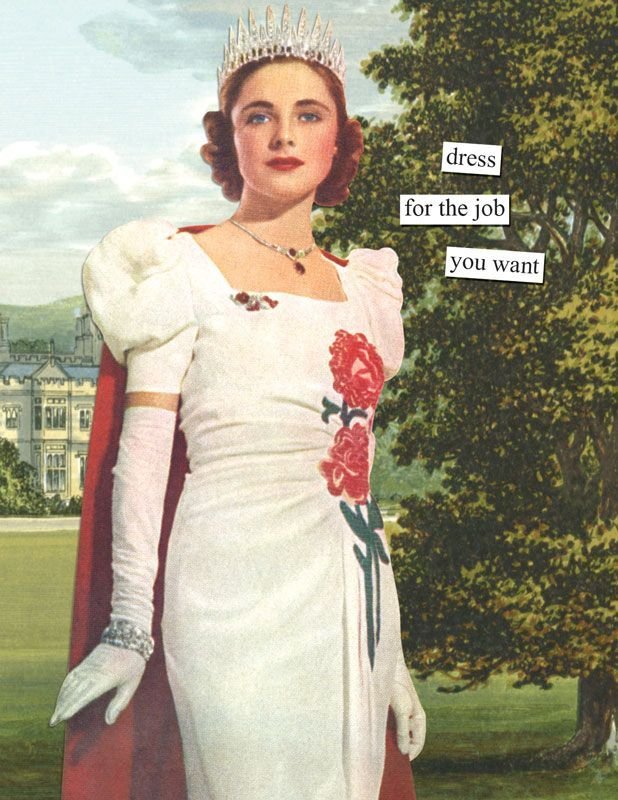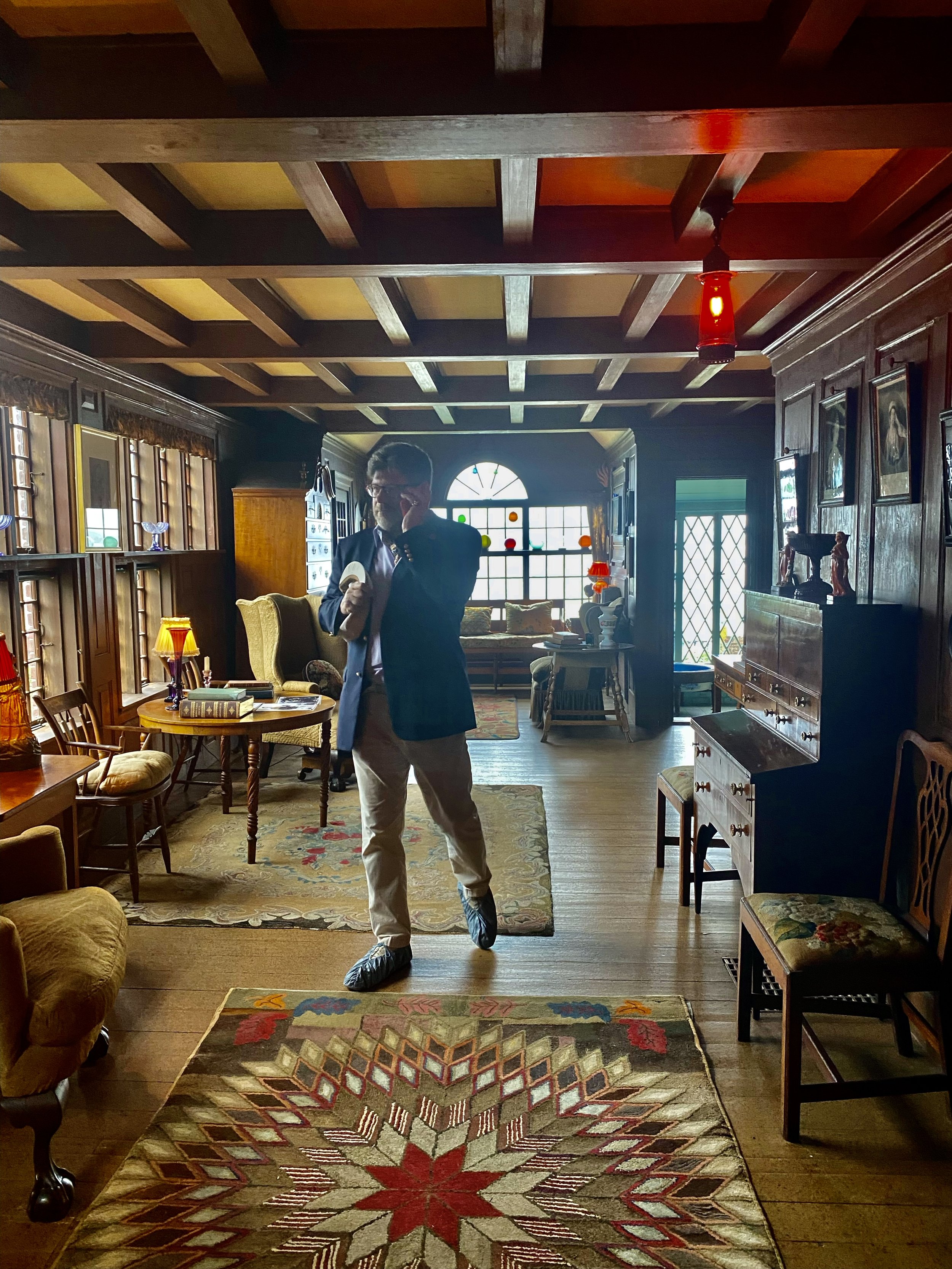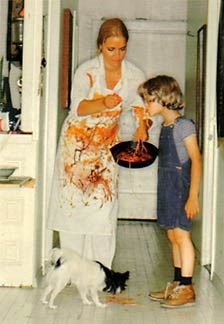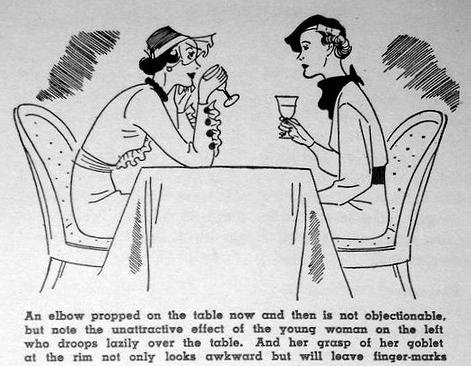Dear Etiquetteer:
I’d love help with something! I have multiple food allergies, which can make getting together with friends/colleagues/etc. a bit more of a chore on my end (as I need to do some reconnaissance regarding menus of places being considered for a gathering). That has the unintended consequence of making it seem like I’m looking for a way out of the get-together, when I just want to make sure I can enjoy something during the outing. What are some suggestions for maneuvering a rather tricky social situation?
Dear Allergic:
First of all, be first with the suggestions! If there’s a restaurant, watering hole, or other eatery that you already know can accommodate you, don’t be afraid to say you’d like to go there. You’ll be able to make more suggestions first, too, if you start now researching establishments that meet your needs. Keep a list on your phone or person that you can refer to in the moment. Depending on where you live, that could be quite an undertaking. On the plus side, you may discover some hidden gems that become regular allergy-friendly hangouts.
You can’t bring your own refreshments to a restaurant, but you can (surprise!) when you’re going to someone else’s house. Famously vegetarian Gloria Swanson would slip her sandwich to the butler (if there was one) so it could be served with the entrée, or just slip it unobtrusively out of her handbag. (Think of Queen Elizabeth II and Paddington Bear. If she can get away with it, certainly we can!) The point is to do it without a lot of fanfare and flourishes, and certainly without any preparation time in the kitchen. If anyone is so rude as to ask about it, just tell them that your multiple allergies have you on a strict regimen and change the subject.
But you seem to be asking what to do when a venue has been suggested in a group text (or even in person), and no one knows for certain whether a restaurant’s menu has anything for you. There’s no use hiding it — you have to know. Commit to the time, and get as much info off the web as you can. (It seems a lot of restaurants just don’t have phones any more.) Thank the group for their patience, but without apologizing — “I really want to spend time with all of you, but I have to be sure I can have more than water and salad.” You can always counter with another venue you know can serve you.
Knowledge is Power, and when you have the knowledge of where you can go with Allergy Accommodation Assurance, you’ll have the power to say yea or nay on a dime. Etiquetteer wishes you many risk-free gatherings of Perfect Propriety with friends, colleagues, and et ceteras.


































